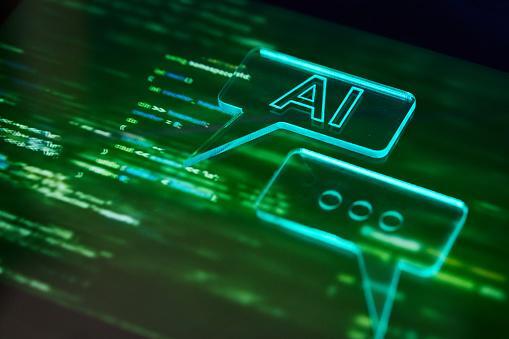
AI Powers Terrorists’ Misinformation Campaigns: Awasthi
The recent Delhi blast has sent shockwaves across the nation, and in its aftermath, concerns have been raised about the role of artificial intelligence (AI) in amplifying terrorist activities. According to Soumya Awasthi, a fellow at the Observer Research Foundation (ORF), terror groups are increasingly exploiting AI-powered tools to spread misinformation, manipulate public opinion, and intimidate their targets. In a stark warning, Awasthi cautioned that AI’s potential for propaganda and deception is immense, making it a potent weapon in the hands of terrorist organizations.
The rise of deepfake videos, cloned voices, and doctored audios has created a new landscape of misinformation, where the lines between reality and fiction are increasingly blurred. Terror groups are leveraging these technologies to create convincing but false content, which can be used to mislead the public, create panic, and even influence the outcome of elections. Awasthi’s warning is a timely reminder of the dangers of AI-powered misinformation and the need for governments, tech companies, and civil society to work together to mitigate these risks.
The Dark Side of AI
AI has the potential to revolutionize numerous aspects of our lives, from healthcare and education to transportation and commerce. However, like any powerful technology, it can also be used for nefarious purposes. The dark side of AI is a growing concern, as terrorist organizations and other malicious actors seek to exploit its capabilities for their own gain. Awasthi’s statement that “AI, for terrorist organizations, is as scary as a nuclear weapon” highlights the gravity of the situation and the need for urgent action.
The use of AI-powered tools by terrorist groups is not limited to spreading misinformation. They are also using these technologies to recruit new members, raise funds, and plan attacks. Social media platforms, in particular, have become a breeding ground for terrorist propaganda, with AI-powered algorithms often amplifying extremist content. The consequences of this are far-reaching, as Awasthi noted, “Terrorist organizations are using AI to create a sense of fear and intimidation, which can have a profound impact on society.”
The Role of Deepfakes
Deepfakes are a particularly pernicious example of AI-powered misinformation. These videos, audios, and images are created using sophisticated algorithms that can manipulate and alter reality. The results are often convincing and can be used to create false narratives, discredit opponents, or even blackmail individuals. Terror groups are using deepfakes to create fake videos of leaders, politicians, or other influential figures, which can be used to spread false information, create confusion, and undermine trust in institutions.
The use of deepfakes by terrorist organizations is a relatively new phenomenon, but it has already had significant consequences. In 2020, a deepfake video of a Pakistani politician was circulated on social media, sparking widespread outrage and calls for his resignation. The video was later revealed to be a fabrication, but the damage had already been done. Awasthi warned that such incidents are likely to become more common, as terrorist groups become more sophisticated in their use of AI-powered tools.
The Need for Counter-Measures
The threat posed by AI-powered misinformation is real, and it requires a comprehensive response from governments, tech companies, and civil society. Awasthi emphasized the need for counter-measures to be put in place, including the development of AI-powered tools that can detect and debunk false content. She also called for greater cooperation between tech companies, governments, and law enforcement agencies to share intelligence and best practices.
Furthermore, Awasthi stressed the importance of media literacy and critical thinking in combating AI-powered misinformation. As AI-powered tools become more sophisticated, it is essential that individuals are equipped with the skills to discern fact from fiction. This requires a concerted effort to promote media literacy, critical thinking, and digital literacy, particularly among vulnerable populations.
Conclusion
The use of AI-powered tools by terrorist organizations is a stark reminder of the dangers of misinformation in the digital age. As Awasthi warned, AI has the potential to be a potent weapon in the hands of terrorist groups, and it is essential that we take steps to mitigate these risks. This requires a comprehensive response from governments, tech companies, and civil society, including the development of AI-powered tools to detect and debunk false content, greater cooperation between stakeholders, and a concerted effort to promote media literacy and critical thinking.
As we move forward in this complex and rapidly evolving landscape, it is essential that we prioritize the development of counter-measures to combat AI-powered misinformation. The consequences of inaction are too great to ignore, and it is our collective responsibility to ensure that AI is used for the betterment of society, not its destruction.




